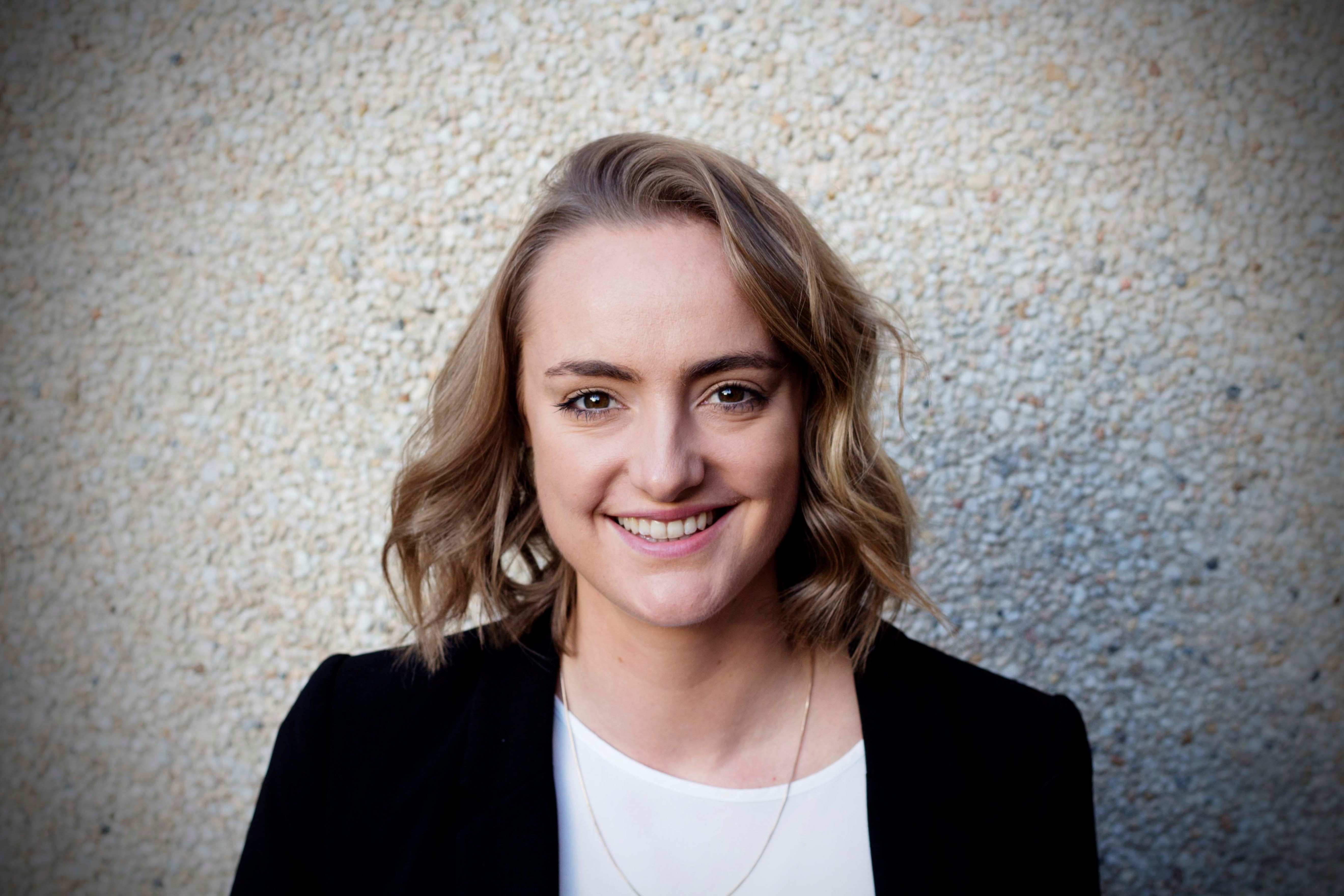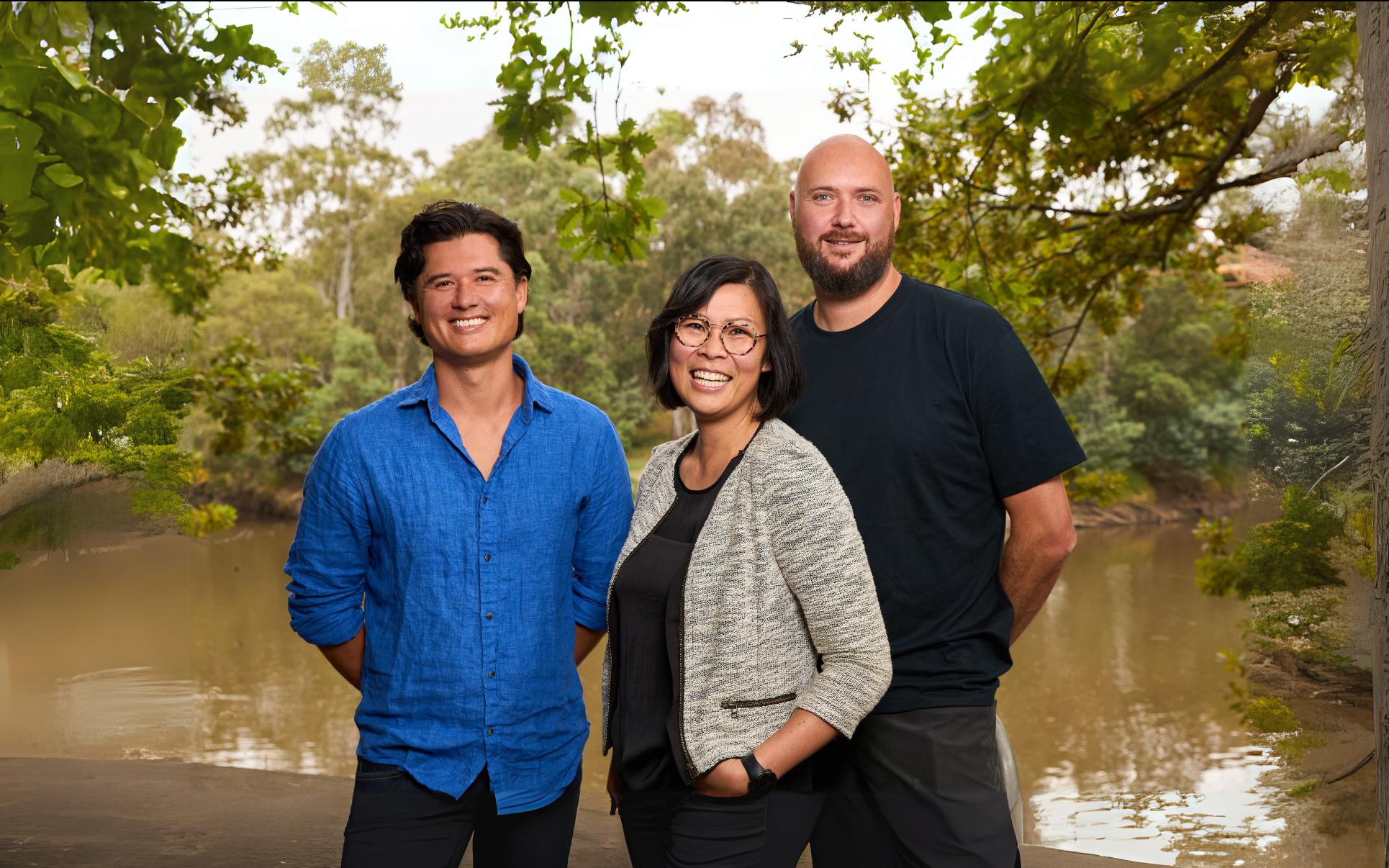This is Part 2 of a 2-part Series providing insights for Australian founders and investors on the European climate tech ecosystem – if you missed Part 1, check it out here!
In honour of the 101st edition of our Small Steps newsletter, we thought it would only be right to invite our OG editor Charlie Macdonald back to learn from his experience over the past 12 months as a climate tech investor in Europe. Charlie was an integral member of Giant Leap’s investment team from 2018 to early 2023, and is currently an Investment Manager in Team Planet at Rubio Impact Ventures in Amsterdam.
In Part 1, Charlie explored what the ecosystems can learn from each other. Now, in Part 2, he shares what you really want to hear - his key advice for Aussie startups trying to secure European investment and what Australia has to look forward to on the climate tech journey.
Here’s Part 2!
Q: What advice would you give to Australian startups to help them prepare before they approach EU VCs?
Geography matters!
A key thing for Australian founders looking to raise from European VC funds is that geography matters. In Australia, many funds are structured as Early Stage Venture Capital Limited Partnerships (ESVCLPs), which require 80% of investments to be based in Australia, as determined by the location of the headquarters, employees and assets.
The EU has a similar dynamic, but for a different reason being that the European Investment Fund is the single largest limited partner (LP) in the EU VC scene. It funds hundreds of VCs operating in Europe and has geographic investment criteria, typically meaning between 60% to 80% of a fund’s investable capital must be invested into Europe-based companies. This won’t apply to every fund, but is key context to understand.
So, to get European funds past this geographic question and open the door, three questions come up in descending order of importance:
- How much of your team or operations are in Europe?
- How many of your customers are in Europe?
- How many of your investors have a European footprint?
If you can show a geographic link to Europe to any or ideally multiple of these points, you will increase your chances of success. And if not, unfortunately it’s unlikely for most investors to engage until you’re large enough to secure a European footprint.
Focus on specialists, strategics, and internationally-minded Australian VCs
But all is not lost for those early-stage Australian climate tech founders!
One of the features of the European landscape being so much larger is that there are many more hyper specialist funds with a narrow thesis (e.g. energy or food) that look globally for their investable universe. For example, Australian startup Hydgene, developing green ammonia for agriculture, secured a $6m Seed round led by Agronomics, a UK based agrifood specialist fund. If you’re fixed on securing a European investor, specialists should be top of your list (hot tip: Sightline Climate database).
A second approach to bridging the gap is to focus on Australian VCs with an international footprint, like Possible Ventures, Regen Ventures and Square Peg – you can look for Australian funds that have a European headquarters on the Airtree Investor Database.
Thirdly, where it makes sense for your business, strategic investors often have an international reach. I’ve seen some valuable investment flowing to Australian companies from the European teams at Hitachi Ventures and Schneider Electric.
IRL can make all the difference
And finally, while it’s a long trip, being on the ground can make all the difference when you’re raising a European round.
When Amber Electric raised its Series C with Rubio Impact Ventures, co-founder and co-CEO Dan Adams had already been travelling to Europe for 6 months having conversations with investors and utilities in Europe to launch their licensing product. Amber could show a strong geographical link, and Dan’s physical presence was a major factor in building trust with European investors.
Q: On many fronts, Europe is years ahead of Australia on the climate tech journey. What do we have to look forward to?
Australia is really quite advanced in a lot of ways! Australia’s energy markets, for example, are highly advanced on a global scale, through having been forced to adapt to the new energy world order – specifically, distributed energy resources in rooftop solar and home batteries at the household level. Australian startups working in the areas of Australia’s direct, structural advantages like this will have an edge that can help them become hyper competitive on a global scale.
As for where its going, I think we will see Australia moving towards greater clarity and transparency on sustainability reporting where Europe is currently the world-leader. It would be awesome to see Australian equivalents of the EU Taxonomy for Sustainable Activities, the EU Corporate Sustainability Reporting Directive (CSRD), and the EU Sustainability-related Disclosure in the Financial Services Sector Directive (SFRD) – this combination acts as a powerful tool for ensuring that companies are held accountable for their emissions, and are more driven to adopt innovative sustainability solutions.
After we build this foundation, the next step will be creating policy mechanisms for incentivising change. For example in the EU, we have the Carbon Border Adjustment Mechanism (CBAM) coming in 2026 – this will price imports to the EU according to their carbon footprint, and will form part of the EU Emissions Trading System. The impact will be that the cost of high emissions imports like steel and fertilisers will increase, which improves the competitiveness of more local, greener solutions.
Q: Finally… What do you miss most about life in Melbourne?
Family, friends, coffee, and the sun… and the latter is really saying something for Melbourne! Just goes to show how much rain Amsterdam really gets ☂️
Thanks for reading! You can connect with Charlie on LinkedIn or Substack for semi-regular, eternally optimistic views.
.jpeg)

.JPG)



%20-%20Edited.jpg)

